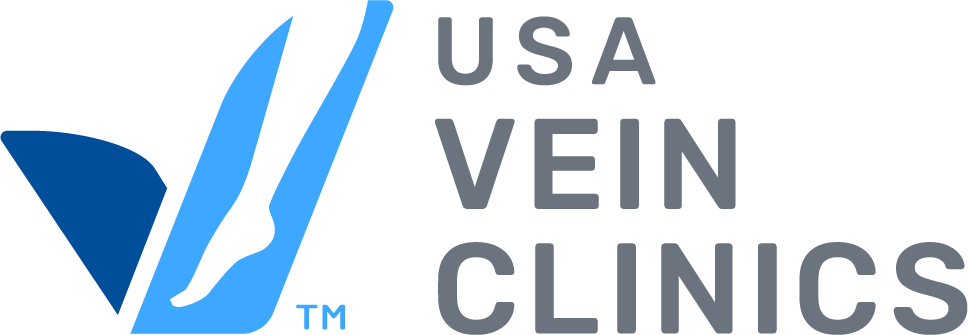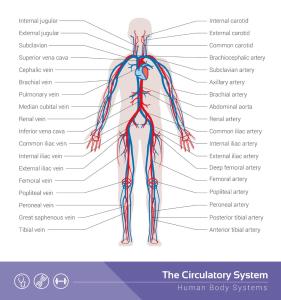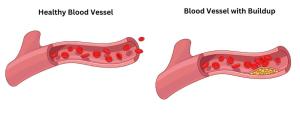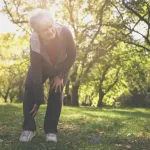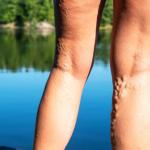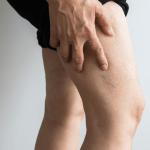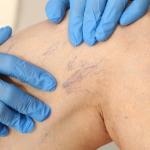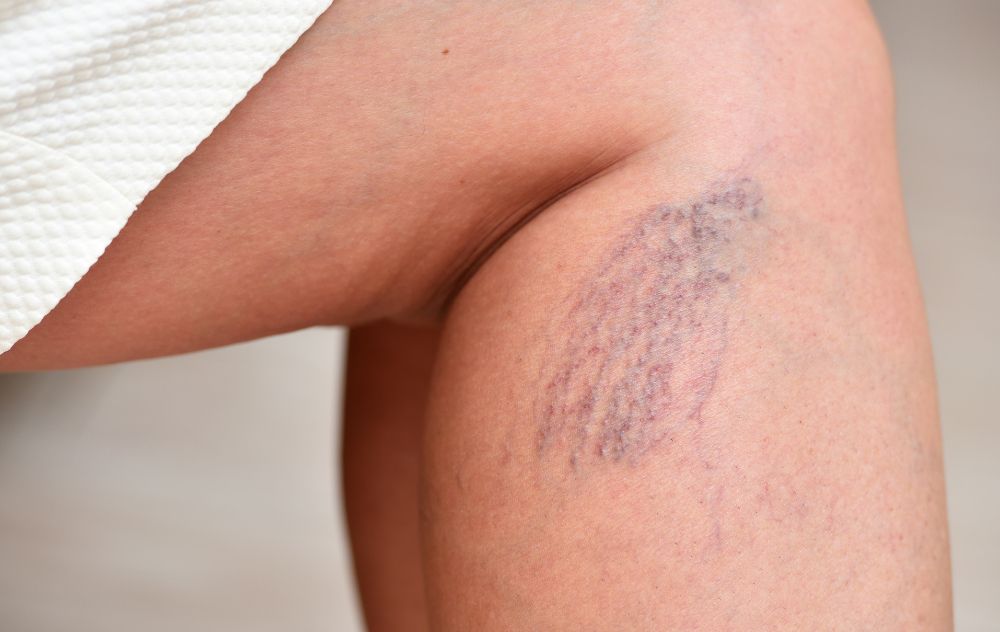
A Journey into Blood Vessels’ Function and Significance
Blood vessels are a complex network of tiny tubes that carry blood throughout your body. They deliver clean, oxygenated blood to your organs and tissues and to remove waste products. Without blood vessels, your cells would quickly die.
Depending on their function, blood vessels are classified as either veins, arteries, or capillaries.
In this blog, we will explore:
- Blood Vessel Basics
- Three Types of Blood Vessels
- Blood Vessels’ Functions
- Blood Vessel Disorders and Conditions
With time, blood vessels can become damaged. Varicose and spider veins are two of the most common conditions related to blood vessel disease. These symptoms can indicate a more serious condition and should be addressed immediately.
Blood Vessel Basics
Blood vessels comprise the circulatory system channel, a closed loop that starts and ends at your heart. Because they must deliver and retrieve blood from every part of your body, these channels cover an incredible distance, averaging over 60,000 miles!
The largest blood vessels are arteries, which carry blood from the heart, and veins, which bring blood back to the heart. Capillaries, the smallest and most numerous vessels, connect the two and facilitate the exchange of oxygenated blood and other materials.
Circulatory System
Your circulatory system consists of two pathways or circuits: the pulmonary circuit and the systemic circuit. The pulmonary circuit refers to the system of veins and arteries that transport blood within and between the heart and lungs. Pulmonary veins then carry the newly oxygenated blood back to the heart. At this stage, blood moves to the systemic circuit, which delivers blood to your organs and tissues.
The aorta, your body’s primary artery, carries the blood out of the heart and dispenses it through branching arteries. Tiny capillaries take the blood through your tissues, where they can deliver oxygen and gather waste products for removal. Blood then enters the veins, which carry it back to the heart.
After your blood has delivered oxygen to and collected waste from your tissues and organs, it is returned to the heart through your veins. This is known as the venous system. Around three-quarters of your blood is in the venous system at any time.
The Three Types of Blood Vessels
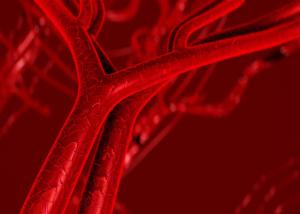
There are three main types of blood vessels: arteries, veins, and capillaries.
- Arteries carry blood away from the heart to your tissues. They have thick, muscular walls that can withstand the high pressure of blood being pumped from the heart.
- Veins carry blood back to the heart from your tissues. They have thinner walls than arteries and contain valves that help keep blood flowing in the right. direction. Vein disease can result in varicose veins, spider veins, and other more serious medical conditions.
- Capillaries are the smallest blood vessels. They connect arteries to veins and allow oxygen and nutrients to pass from the blood into your tissues and waste products to pass from your tissues into the blood. Damaged capillaries, arterioles, or venules can give rise to spider veins.
Blood Vessels’ Functions

Unlike arteries, which start large and split into smaller and smaller branches, veins begin as small vessels called venules, which then connect to form veins. Veins are under less pressure than arteries, so they use one-way valves to force blood toward the heart. The lack of pressure means the blood in veins is subject to gravity. The one-way valves keep blood from flowing backward and pooling in your lower extremities.
Over time, pressure on the veins can cause the blood vessels to expand and the valves to be damaged. As veins lose their elasticity and widen, venous valves can no longer effectively prevent backflow, and blood begins to pool. This is known as vein disease or venous insufficiency. Vein disease can result in varicose veins, spider veins, and other more serious medical conditions.
Capillaries: Connecting Arteries and Veins
The smallest blood vessels, capillaries, begin as arterioles, the branches of an artery. They form a web-like structure that runs from the artery through the tissue to the other side, where they gather into venules. Capillaries facilitate the exchange of oxygen nutrients for CO2 and other waste products.
Damaged capillaries, arterioles, or venules can give rise to spider veins.
Blood Vessel Disorders and Conditions
Blood vessel disorders can have a negative impact on your quality of life and may indicate a higher risk of serious medical conditions like deep vein thrombosis (DVT). Common symptoms of blood vessel disease include:
- Varicose veins and spider veins
- Swelling in the legs, ankles, and feet
- Tired, aching legs
- Burning in the calf or thigh
- Leg pain that improves with walking or elevation
- Itchy, dry skin
- Numbness or tingling sensations
- Difficulty standing for prolonged periods
- Open, non-healing leg wounds
Blood vessel disorders do not always present symptoms; however, factors such as genetics and lifestyle choices can indicate an increased risk of developing vein disease. These factors may include:
- Family history: If one or more parents has varicose veins, you are considered at increased risk.
- Age: Veins weaken as we age, becoming more susceptible to disease.
- Sex: Varicose veins are four times more likely in women than men.
- Underlying health conditions: High blood pressure, heart disease, diabetes, and obesity can increase your risk of developing venous insufficiency.
- Tobacco use: Smoking can weaken veins and affect blood circulation.
- Standing or sitting for long periods: This impacts circulation and can lead to vein disease.
Blood vessel disorders do not resolve themselves, but early treatment can help you avoid their more serious effects. If you have a family history of vein disease or any other associated risk factors, schedule a consultation with a licensed vein specialist to learn more about possible treatments and prevention.
Varicose Veins
Varicose veins are a common effect of vein disease, or venous insufficiency. Approximately 20 percent of all adults will experience varicose veins at some point in their lives.¹ Varicose veins are most common in adult women, though they can occur in anyone.
Varicose veins result from damage to blood vessel walls and one-way valves. When the walls of the blood vessel become weak, the valves begin to fail, allowing blood to flow backward and accumulate in the veins. Blood pooling in the blood vessels puts stress on the veins. This increased blood pressure in the veins is called venous hypertension.
Damage due to venous hypertension causes the veins to enlarge and become weaker. These veins can appear enlarged, bulging, and twisted. Varicose veins not only look bad, but they can also cause unnecessary suffering.
USA Vein Clinics treats varicose veins with minimally invasive treatment techniques. Our skilled providers offer many different treatment options that require little recovery time.
Spider Veins
When damage or disease affects the smaller blood vessels, they may appear red, blue, or purple on the surface of the skin, spreading out from a single point like a spiderweb.
Spider veins usually occur in the legs but can appear anywhere on the body, including the hands, face, cheeks, or nose. While cosmetically unappealing, spider veins rarely cause any symptoms. When symptoms do occur, they may include itching, burning, heaviness, and cramping.
Spider veins and their underlying cause are treatable. At USA Vein Clinics, we offer state-of-the-art treatment options from leading vein experts that can help clear your spider veins.
TAKE OUR QUIZ TO EVALUATE YOUR VEIN HEALTH
Schedule a Consultation with USA Vein Clinics
Venous insufficiency doesn’t go away on its own. Vein disease is progressive, meaning its effects will only worsen with time. If you’re living with varicose veins, spider veins, or any associated risk factors, help is available. The experienced vein specialists at USA Vein Clinics offer leading-edge treatments for vein disease at over 168 outpatient clinics across the country.
Our experts can help you understand the causes of your varicose or spider veins and recommend the best treatment for your situation. We provide minimally invasive, non-surgical treatment options designed to relieve your symptoms and help restore your quality of life.
You do not have to live with varicose or spider veins any longer. Call USA Vein Clinics or schedule an appointment online to start addressing your leg vein problems today.
